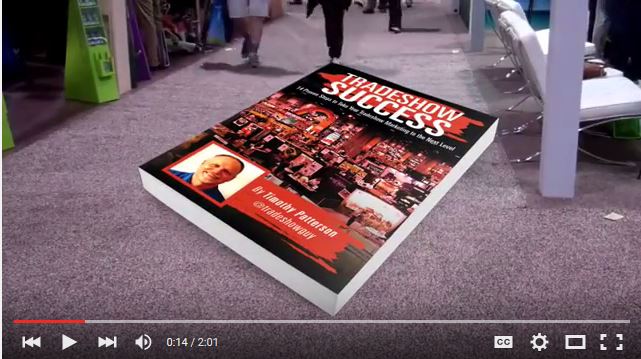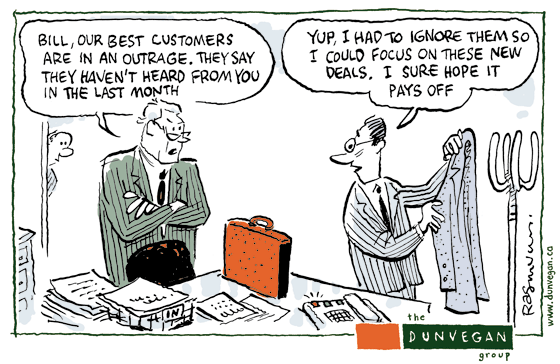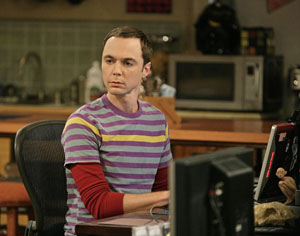
Guest Post by Rick Bellerjeau, Momentum Management
I am often asked, “Why use a Trade Show Exhibitor Appointed Contractor (EAC)?” Perhaps we should start with some simple definitions.
General Contractor (GC) vs Exhibitor Appointed Contractor (EAC)
The official show contractor is typically known as the “General Contractor.” Exhibitor Appointed Contractors, on the other hand, are many of the professionals who service the exhibitor community on the show floor prior to, during, and after the show, such as the floral companies, audio-visual providers, rental furniture companies, labor contractors, and photographers. If a service provider is not named in the show kit by the General Contractor, then the service provider is considered an EAC (Exhibitor Appointed Contractor).
To work with an EAC, the exhibitor (or their exhibit house) must complete forms for the General Contractor or show organizer identifying the EAC. This informs the General Contractor that the EAC will be on the show floor during installation and dismantle. If that wasn’t confusing enough, sometimes a general contractor, like GES, may be EAC when they are not the general contractor. Admittedly, it can be confusing, but the tips below will clear up some of the confusion.
For our discussion, let’s focus on companies that set up and take down the exhibits for exhibit houses and exhibitors across the country. These labor service providers offer the expertise necessary to get shows up on time and on budget. While these providers are typically known as installation and dismantle companies or “I&D” companies, I&D doesn’t fully describe what they do for exhibitors. For anyone who’s ever had issues on the show floor, you know that the EAC’s “labor services” far exceed installation and dismantle.
Exhibitors have several options when assembling their exhibit on the show floor, depending on the city and venue. Some choose to assemble the exhibits themselves. Others hire the general contractor to do the work. A better option for many exhibitors is an independent EAC. But how do you choose the right one? Here are 7 Tips to Working with an Independent EAC… particularly for exhibit houses.
1. Don’t underestimate the scale necessary to stage a show
Every day, thousands of people work to ensure that “the show goes on without a hitch.” All are dedicated to making the experience a positive one for everyone involved.
Someone has to make sure that you and your exhibit do not get lost in the sea of people scrambling to get the show up and down. Who is responsible for what? The show contractor or general contractor has a staggering number of responsibilities. Including you. But how do you get answers and break through all the noise if you don’t know the terrain? You need an advocate. At large shows, you will often find it difficult to get your issues heard above the thunder and chaos. Seeking help from companies who are designed to cater to you and your clients’ show experience is why I&D, or labor services companies, exist. It’s about focusing on what you need done now and efficiently.
2. Look around the city before making your decision
In major trade show cities, such as Las Vegas, Chicago, Orlando and New York, you will NOT be the only show in town in most cases. This applies to the week you’re headed into the city as well as the one before and after your show ends. It’s about supply and demand.
The more shows the greater the demand for the services necessary to manage the show, especially by the General Contractor. All that translates into the more demand on the people who put shows into the city for a living. And the need for additional professional providers.
This challenge happens in every city hosting a trade show. For the exhibit house and exhibitor, consider what company can fulfill your needs most effectively when the heat is on. Who is going to go the extra mile?
3. Remember what you’re buying
Exhibit Houses offer their clients an amazing array of products and services to exhibitors to ensure their trade show marketing programs are successful. The culmination of these services spells one word — experience. They are assuring their clients that their trade show experience will be not be just OK or good, but GREAT. Smart exhibit houses rely on partnerships that help them deliver a great experience for their clients, period. The cost of retaining or finding a new client is simply too high. Knowing your suppliers and having a long-term relationship with them means you understand one another and are committed to the same goals for your clients.
4. Who loves you?
What does your EAC partner do to earn your business? What makes them capable of delivering their share of an amazing show experience”? Can they extend your business and help you keep your promises? Your partner ought to be able to articulate how they do that for you.
You want an EAC that can lift the weight of labor services “fully” off your shoulders allowing you to focus on your core business. Finding a partner who truly knows you and your customer’s expectations is key to scaling your business. They should have the reach and scale so you’re not constantly seeking a new solution in every city.
5. Size and scale matters
There are many labor service companies to choose from in every city. And while there are many local labor provides, there are very few national providers. Opening a local EAC labor services company is not difficult. With a few signatures, perhaps a check or two, and a trip to The Home Depot, one can show up on the show floor with newly minted matching shirts open for business. Small EAC labor providers can take care of those first few clients often with a little help from the union work force. But scale matters in our business. Problems arise when the size of the show, or shows surrounding the city, scale past their ability to deliver.
It’s all about supply and demand. The talent on the trade show floor in terms of craftsmanship is extraordinary. Couple that with the pace and stamina that these professionals must possess is truly amazing. If we assume there are the “best guys” in a city, any city, we have to assume there are also the worst. Professional EACs with a solid history and consistent work attract the best and most talent laborers.
We also have to assume, often because there is so much going on in a large trade show city, or there is a city where shows seldom happen, the labor is going to get “tight.” Is the EAC willing to support the city with additional support from other markets? This can only happen in cities where you have union relationships that allow this to happen of course, but this discussion should happen with your EAC.
6. What to look for with your EAC labor services partner
What is their “go-to market” strategy? Who makes up the bulk of their customer base? Are they working with everyone, or do they have a targeted segment of the industry? Whether they’re selling to exhibit houses or the exhibitors, the types of service requirements differ greatly. The strategy will drive where employees focus their attention and loyalties reside for any company. For exhibit houses, aligning with EAC whose primary client base is exhibit houses will make the job easier. For exhibitors, seek companies that have built their expertise servicing your needs directly. EAC’s that juggle these two strategies send a mixed message and that mixed message can often lead to conflict.
What is the EAC’s core business? Look to companies that aren’t in other businesses or offer products or services unrelated to the offering you’re seeking. A “pure play” labor service provider gets up every morning looking to get better at servicing their market segment with better labor services. Not only do they not get distracted, they also are constantly making improvements to their core business.
7. Planning for success requires a time investment
Your labor partner needs to think with you long before the show ever opens. A successful EAC labor service provider encourages you to communicate early and often. Agreeing on decisions like, “The brochures need to be stored in closet #2 in the back left-hand corner” with your partner are vital. It may be the difference between a great experience and one that missed the mark. Your partner ought to dig into the weeds with you to make sure the nuggets that make up a “great show experience” for your client shine. Make sure they have a process for uncovering those nuggets with you and for you as well.
Oops, it’s show time. Enjoy it!
Rick Bellerjeau, General Manager
Momentum Management
http://www.momentummgt.com













